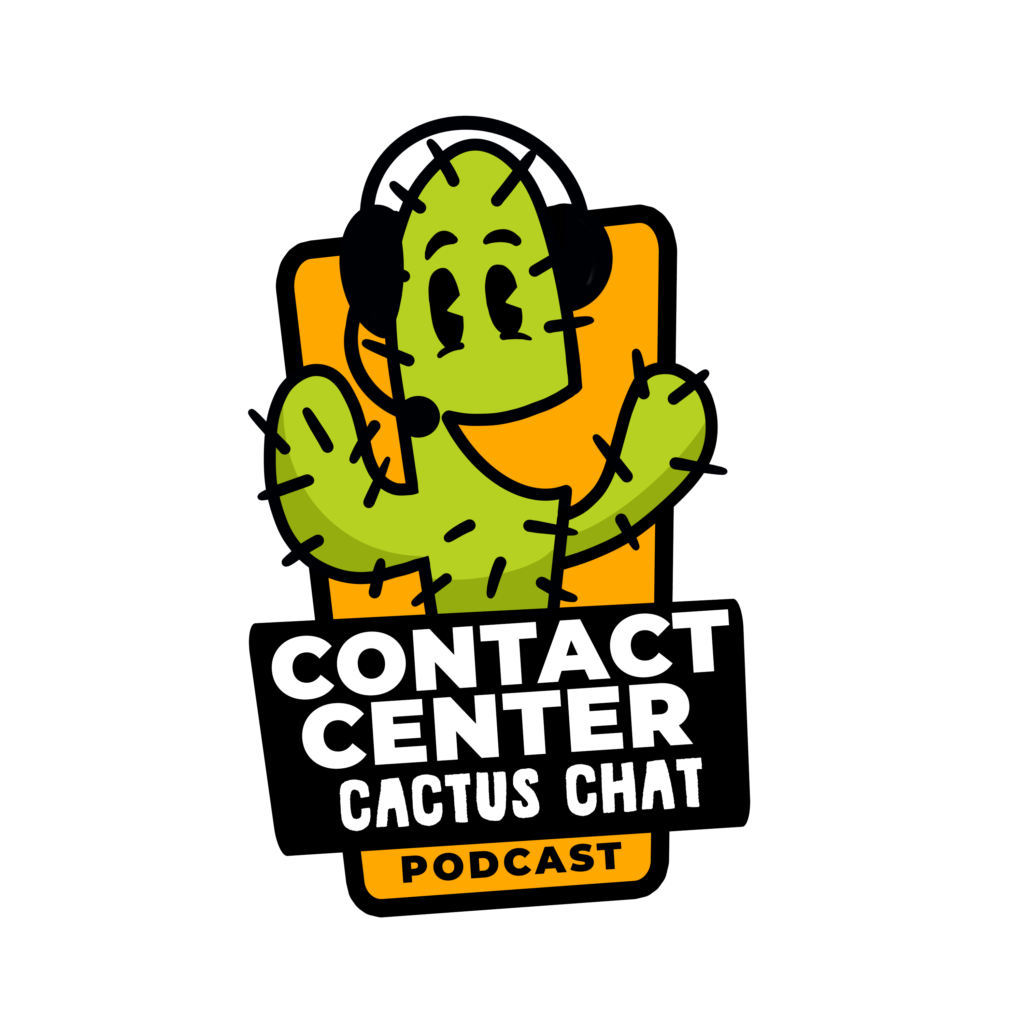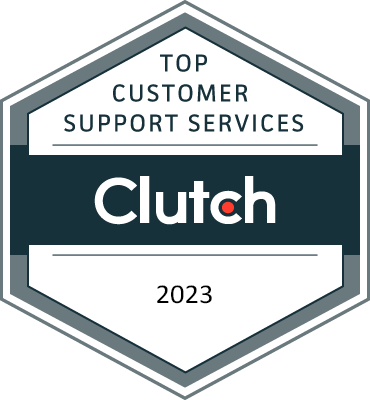Eric: Welcome to the contact center cactus chat podcast. I’m your host Eric Mulvin coming to you from sunny Phoenix, Arizona.
Jake: And I’m your co-host Jake Cayang from Dumaguete City, Philippines.
Eric: I’m a serial enterpreneur, started my business 10yrs ago and 6 LLC’s later, I started Pac Biz Contact Center Outsourcing in 2015, today we have over 200 employees and growing.
Jake: And I’m the Operations Manager here in Pac Biz and I have been working with Eric since 2014 and I grew as the company grew.
Eric: So whether you’re looking to outsource for the first time, whether you manage a Contact Center or you’re just looking to improve your customer experience, we’ll be covering topics for you.
Jake: So Business Managers, Operations Managers, Business Owners, this is for you so make sure to subscribe.
Eric: Welcome back it’s episode 6 and today we are continuing the topic of work from home. Last week last episode we talked about what are the current status in the Philippines for contact centers for work from home and, and what is happening there. And now we’re today we’re talking about the future of work from home. What are we seeing, let’s look into the crystal ball and see into the future and see what does work from home look like?
Jake: Yeah and I think there’s so many things that we can go to in terms to you know, innovating, doing stuff like to adapt to what’s what’s happening, for you know, for the, for the working from home, and, you know, other things. So, uhm, yeah, that’s I would like to ask you, what does the future look like for you know, working from home for the contact center outsourcers?
Eric: Yeah, you know, I’m seeing a lot of different things that are you know, that’s interesting because we all had to two and a half years ago, all had to go work from home, at least in the Philippines. There was there was all these restrictions here. And, and a lot of them were similar in the UK, the US, Canada, and workplaces and a lot of people didn’t start coming back until last year, maybe even this year in the Philippines It was more of this year. And so now that people are starting to come back, some of the things that I’m seeing that we’re going to have is, will people like work from home and so instead of bringing them back full time having them work 20, 20 days a month in the office, I think it’s going to be more of like you come in with your team, one to three days a month and you’re hanging out with your team you get to so that you could meet talk about what’s going on with the account catch up with each other, keep that connection that human connection. But the rest of the time they still work from home so you can still keep taking calls in your pajamas.
You know, and some of the other things that I’m seeing is, you know, with workstations before you had your own workstation setup before COVID You could decorate it. You might have another person you share with to share some decorations, but that was your station. And now we have all these empty stations because everyone’s working from home. So these hot desk workstations or where you can just plug in for the day anywhere in the office. And not only just in the office, but I really feel like the break room is going to be changing. It’s going to be bigger because it’s going to want to make it more inviting. So ping pong tables and different games. I don’t know what do you see?
Jake: I can Yeah, I can imagine that, from the beginning, we were 100% working from home with the agents and you know, others are really hyped and you know, they’re really excited about it. And there’s this small percent of people that you know, don’t really want to work from home. And, you know, we we also consider these people and right now we’re on 80%-20%, 80% working in the office 20%, uhm I mean 80% working at home and 20% working in the office. So we give way to those people who would want to work in, in the office. And in addition, some people who really loves working from home in the beginning, who started to feel like they want to work from, in the office for a little bit. So that’s why we are adapting the hybrid office like people in wants to work in the office, there will be office available and if they want to work from home,they still have their workstations at home. So that that makes it more you know, like we always think about the employees. So this this is for them and at the same time it’s been given benefit to the company and other like to have when you have happy, happy employees. Everything will be okay.
Eric: Exactly. You’re able to provide an amazing experience because they’re happy. They know that they’re taken cared of and they don’t want to give that up because there maybe options out there having to work out of the office because some of the other employers are not doing work from home anymore, and they’re having their people come back.
Now, with hybrid becoming more common, uhm, you know, like, how does that work with training? Because, you know, if we’re having people come into the office and you know, a couple days a week, how are you seeing any impacts on training?
Jake: Yeah for the training I, as of now, we’re pretty limited. We would want them to be trained here in the office to give full support. And after a certain a certain time, we would allow them to work at home if they want to. But if they don’t, they can still also work out here in the office. And I think it’s it’s better that way. And, you know, the availability of working from home is still there. And, you know, normally we work in the office but yeah, there are you know, there’s still people who would prefer to have I mean, they have their own preference to work in the office or at home.
So yeah, to ask you, how does the contact center continue to maintain its culture when staff are not in the office at all time?
Eric: Yeah, well, you know, you just covered a little bit about training. And that’s a big part of it is when they’re new here at the company, we want to set the standard, at least here that we have an amazing culture and and that only works if those employees are engaged if they’re active. And so the opportunities are a lot less you know, if they used to be they’re coming to the office 20 times a month or more there’s a lot of opportunities to build that culture. Now we’re those opportunities are a lot more limited just a couple of times. And so we’re also looking at more activities to get them to hang out maybe not come to the office, but some of the stuff that I’ve seen happen recently. Beach cleanups, you know, where people are interested in helping protect the environment. They all get together and do a beach cleanup, bike rides people are interested in who liked biking or maybe for staying fit or jogging.
Different, all kinds of activities, not just active stuff.Just getting people together with that have common interests. Because you know, if you get plugged in with different groups of people like that at the company, you’re able to support each other and you’re able to uh
Jake: to create a bond with other people and you know, that’s something really important with you know, with every company like you know, you don’t you can’t of work alone, like you need somebody to help or you know, there’s always a partner that you should, you should be with in the office like everybody has that like someone that you want to see sometimes there’s someone that you want to talk to and not just not just spending all your time just working from home, being alone. Of course there’s your family is there but you know, the’re, the’re, you know, certain times that you would look for this to be normal, like working in the office.
Eric: Yeah. And so what about, you know, software because we’re seeing a lot of changes happen, you know, with how people are coming to work with how we’re structuring things. What about the software, what are you seeing as far as like what’s coming up to help support work from home for contact centers?
Jake: uhm, oh there’s a in the beginning when we were 100%. You know, they already started doing this using, I mean maximizing the software and available so software’s like, you know, doing the conference call, and while they are working at home, they get to talk to the people who used to be sitting beside them through conference call. And yeah, I think there’s so much more that these developers can do, where you know, to support working from home and you know, monitoring the people who are working from home to make it more effective. And, and, you know, all these things and also with the payroll, I know they’re, they’re also adapting. They have this thing where we can log in from home. We can also log in, you know, in the office. And one of the things that I see, which is very good is that some people are maximizing the work in the office, like if they don’t, if they are out of time going from home, I mean, going home, they’re using the office as second option.
Eric: Yeah. Yeah, that’s great. Well, thank you for sharing all that. you know, it’s it’s really interesting to see where things are headed with work from home and I know we’re trying to be here at Pac Biz on the cutting edge of the ideas and the investments back into the office to make it a great place to work. And while where they can still work from home and still be connected. So thank you guys for listening, and so that’s episode Six catch us next week for Episode Seven, and thank you guys, make sure to subscribe.




